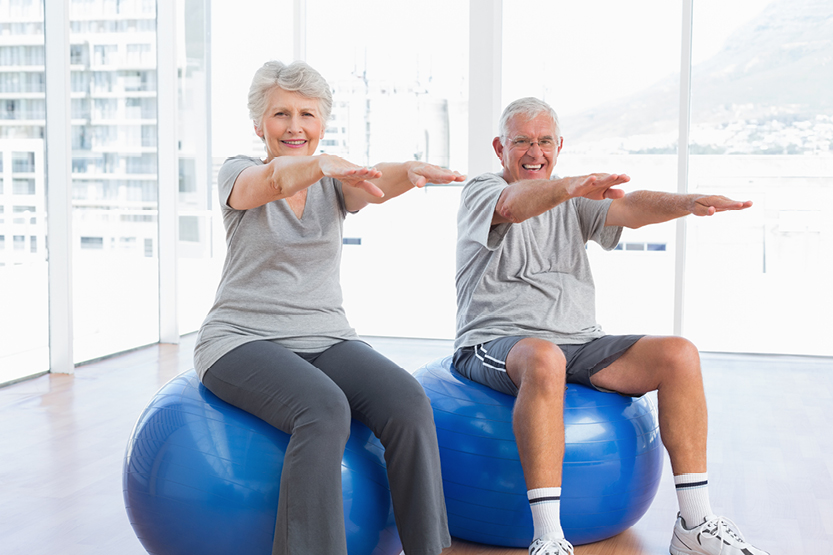Any kind of physical activity (whether it be physical exercise or high-intensity sports or competition) is good for the health of any healthy person, but more for patients with cardiovascular diseases, as is the case with diabetics.

“Any activity has been proven to be good in type 2 diabetes,” says a member of the Spanish Diabetes Society Lifestyle Working Group and Research Fellow at the Center for Biomedical Research in Diabetes and Related Metabolic Diseases (Cyberdem) .
“Sports can help reduce abdominal fat and therefore control sugar levels,” she adds. According to Feli Ekay, a nurse and diabetologist at the José Marva Specialized Center in Madrid: “These patients must always move as this will improve their disease, help them cardiovascular and improve their quality of life.”
In fact, in type 2 diabetes, the first tip is to “change your eating and exercise habits. Only by changing these two factors can we achieve great success in this disease, ”says Ekay.
Another case is the case of type 1 diabetics, because, as Murillo says, “these patients have not been shown to improve glycemic control in these patients. Done, exercise can throw you off balance.” And it is that “this is another element to consider in the complex glycemic balance in these patients.”
When they exercise, “not only do they need to balance the carbohydrate-based insulin, but to this equation we also need to add exercise and all its variables (type of activity, intensity, duration”). , frequency or time of day) “.
All of these must be considered before, during and after exercise and act in accordance with blood glucose levels. This can be discomforting for patients, as “it is normal for them to have to inject extra blood glucose or take carbohydrates when they don’t want to to avoid hypoglycemia during exercise,” Murillo says.
In addition, he points out that “it is not always possible to control blood glucose levels after exercise, as blood glucose sometimes rises and sometimes decreases.” This is important to know, but it is also the fact that, above all, “people who play sports have a better quality of life and the positive effects outweigh the difficulties.”
In the case of Type 1 patients who want to exercise, the first recommendation is to distinguish one sport from another, “since the health effects are not the same,” says Murillo.
“Aerobics, such as walking or running, consume more blood glucose than strength training, such as resistance training,” Murillo explains; therefore the requirements will be different. It is also important for them to know that it is not advisable to exercise after meals because “this happens with more insulin and therefore an increased risk of hypoglycemia.”

The ideal workout is to start with short exercises and progress. “They will start in 20 minutes and at a time when there is no insulin circulating in the blood, which they should know,” says researcher Cyberdem. After that, “they’ll check their blood glucose before starting the activity and, based on that, take a 10-20g carbohydrate supplement, like fruit, a small sandwich or juice,” he adds. “It will be gasoline for this year,” he says.
Another important fact that these patients should be aware of is “the amount of insulin that their body consumes before certain sports activities,” and for this, “they should monitor from time to time and supplement with carbohydrates when necessary”, – Murillo concludes.
Food
Along with exercise, diet is the second step in diabetes control “For type 1, it is important to know the carbohydrate content of food in order to control insulin, since these patients are eating according to their diets,” says Ecay. Type 2, on the other hand, has more freedom, but “without going over,” he says.
In the case of sweets for both patients “will not be prohibited in any way, but for this the patient must learn how to handle them.” strong and without abuse.
